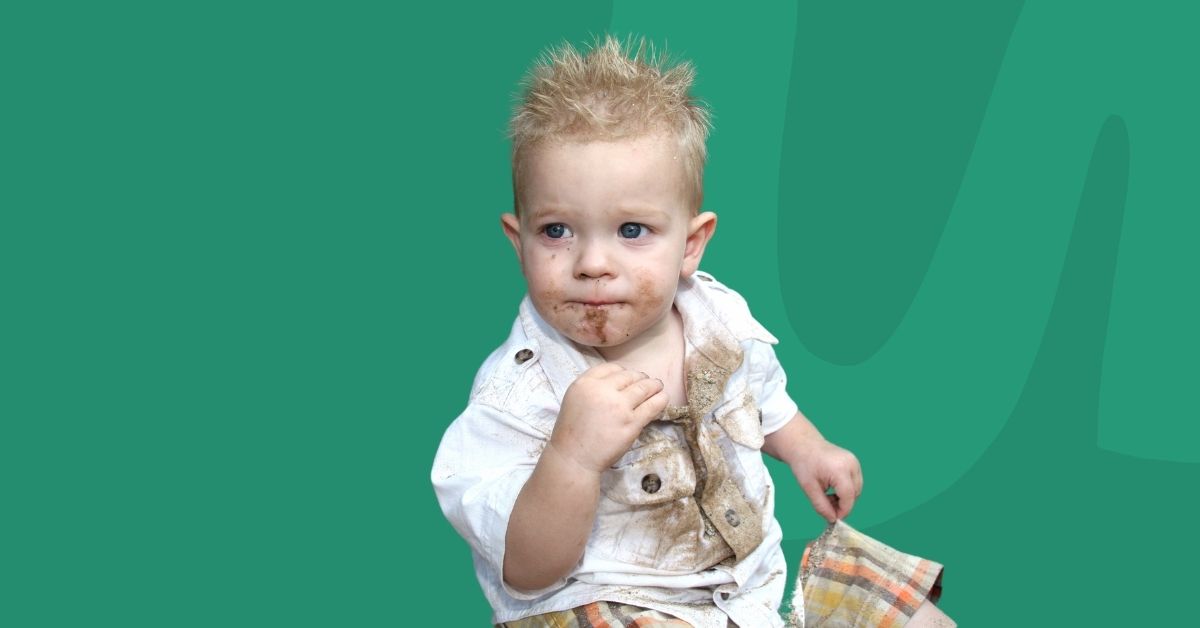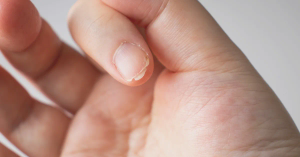Children, especially developing toddlers and babies are extremely curious. They explore their surroundings, pick up random objects and often even put them in their mouth or try to chew them. This is perfectly normal for a growing child and nothing to be alarmed about.
The problem, however arises when a child constantly craves non edible food substances and keeps feeding onto them even if it makes them sick. This is an eating disorder known as pica.
What is Pica?
Pica is a type of eating disorder which is especially common in young children aged 1-6 years old. In this, a child keeps eating things not usually considered food. This may lead to various health issues in a child and make them sick. A recent survey indicates that upto 30% of children at some age may develop pica. Children suffering from pica may eat a wide range of items ranging from relatively harmless things as ice or potentially dangerous such as dirt, flaking paint, glue, hair and cigarette ashes.
Signs to look for
A normal growing child may also put random objects in his/her mouth. A single instance of such behaviour is not a cause for alarm. But if such behaviour continues for over a month and leads to related health problems, it may be pica.
Look out for unusual eating habits which persist for over a month. Common non food items eaten may include-
- Dirt
- Clay
- Wall paint
- Pencil lead
- Buttons
- Toy batteries
- Hair
- Glue
- Paper
- Crayons
You may need to consult a medical professional if any of the following are observed in a child with unusual eating habits-
- Diarrhoea which is not controlled by medication
- Constipation for a long period of time
- Blood passed along with stool
- Stomach pain and stomach upset
- Vomiting bits and pieces of undigested non food substances
What problems can pica cause?
Eating non food items in pica can lead to a multitude of health problems for a child. The issues are usually related to the gastrointestinal tract but at times may involve other systems.
Most commonly the problems encountered are:
- The child may develop anaemia
- The child may develop malnutrition and become lethargic or weak
- The child may develop either diarrhoea or constipation.
- Eating mud and dirt can introduce parasitic organisms and infections in the body.
- Repeated vomiting can lead to injury and erosion of teeth enamel
- Eating items as buttons or hair may lead to it’s accumulation in the gastrointestinal tract and cause obstruction of the bowel
- Alkaline substance in batteries may leak out and lead to internal organ injuries.
- Lead in the wall paint and pencils may accumulate in the body and the child may develop lead poisoning.
Is my child at risk?
Pica most commonly develops in young children aged 1-6 years old. This is the age group at risk for development of such a disorder. Older children may also develop this disorder but it is relatively uncommon.
Children who suffer from developmental delays or mental retardation very commonly develop pica.
A child suffering from malnutrition often develops pica and so do children living under stressful conditions.
An amicable home environmental and proper care is very essential for the wellbeing of the child and to prevent development of such a problem.
Treatment for pica
The first step in treating pica is correction of malnutrition. Various supplements and specific dietary recommendations may be needed to manage this which can only be achieved by the help and cooperation of parents, good feeding habits and provision of healthy meals. Deworming and treatment of infection may also be required along with management of complications, if any.
Above mentioned management is usually based on proper blood tests including haemoglobin estimation and vitamin/mineral estimation. Investigation for presence of infectious organisms and parasites in the body should also be performed. Other investigations including X-rays and ultrasound may be performed to rule out obstruction of the bowel.
Treatment of underlying mental issues may also be required. Psychiatric counselling and guidance may be required for the management of intellectual disabilities or developmental delays. Proper support and understanding from the parents is extremely essential.
Future outlook for a child with pica
Children usually outgrow pica as they age. It takes a few months at most with proper treatment and management. Only children with intellectual disabilities may need to be monitored closely over the years to prevent recurrence.








